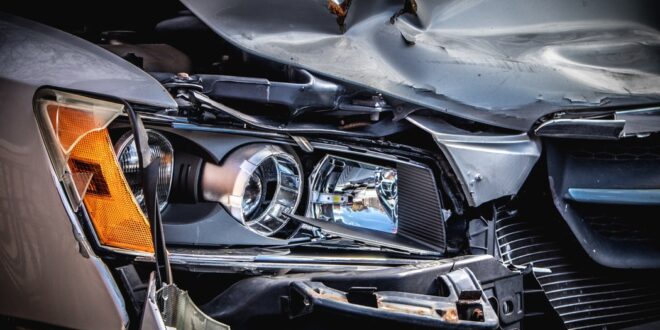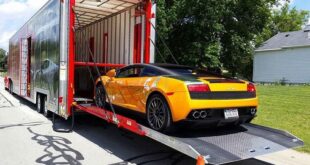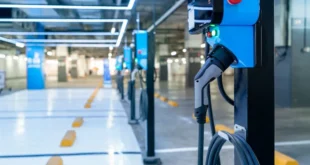From Brattleboro to Barre, each year there are hundreds of car crashes and accidents in Vermont. The aftermath of a Vermont car accident can be severe – insurance disputes, property damage, hospital surgeries, and in tragic cases, even death or disability. Fortunately, the Vermont Transportation Agency does everything it can to prevent accidents on the road. The easiest way to avoid the risk of a car accident injury is to not get behind the wheel, but since that isn’t possible for the majority of Vermonters, here are some common car crash scenarios and injuries to be aware of.
Car Accidents at Intersections
While it may feel like a serious car accident happens when you least expect it, data from the Vermont Transportation Agency suggests certain situations are more likely to lead to a car crash. According to VTrans, most of the state’s car accidents in 2024 occured at T-intersections and 4-way intersections.
These type of intersection accidents often have to do with ‘right of way’ – if another driver makes an illegal traffic maneuver or they do not have right of way, he or she could be putting others at risk of a collision. By mistaking who has right of way, the driver may be considered ‘at fault’ for the accident, which is important if an accident victim has suffered injuries and wishes to pursue compensation for damages.
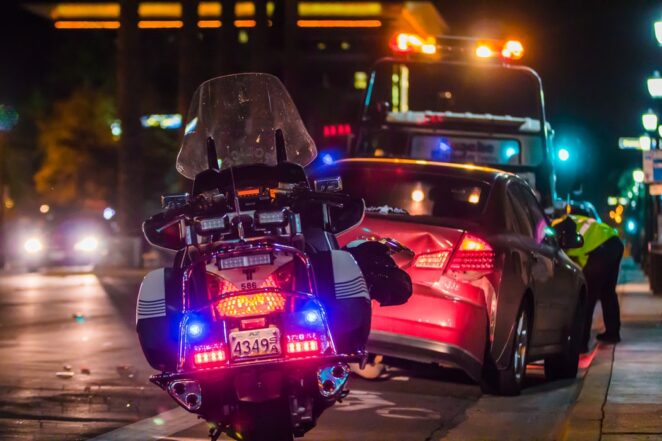
- T-intersections are 3-way intersections where a minor roadway meets a major roadway. The cars driving on the major roadway usually have right of way. A few potential reasons for a car accident at a T-intersection include misjudgement of the gap or other car’s speed; not paying attention to oncoming traffic; an illegal maneuver such as running a stop sign or signal; and turning with an obstructed view.
- 4-way intersections are where all four directions of traffic meet in a central location. Typically they are a 4-way stop, although in some instances they may be a 2-way stop. Oftentimes drivers will pull up to the intersection and forget who is supposed to go through the intersection first. A few reasons for a car accident at a 4-way intersection include false assumption of the other’s driver action; disregarding a traffic signal; distracted driving; and speeding.
According to the Vermont car accident lawyers at Brady/Donahue, in most cases where someone is making a left-hand turn and collides into another person who is driving straight through the intersection, the left-hand turning person will be found at fault for the accident. This is because the rules of the road state that drivers making a left-hand turn must yield to all other traffic before making their turn.
However this does not mean that all turning vehicles will be found to have caused an accident, or that they will bear full liability. In some cases, if you can demonstrate that the oncoming driver was driving too fast through the intersection, you may be able to make the case that they caused the accident. Additionally, if the oncoming driver was driving through a red light or a stop sign or they failed to observe a traffic signal, they may be found at fault for the accident.
Car Accidents in Parking Lots and Driveways
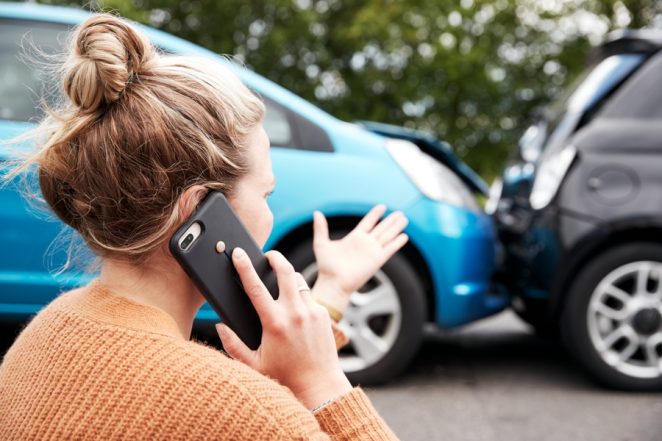
According to VTrans, the second most frequent car accident scenario in 2024 involved parking lots and driveways. While automobiles are usually stationary in parking lots and driveways, these areas can be quite dangerous for pedestrians and other drivers who are passing behind the vehicle. This is due to the risk of ‘back over accidents’ where a driver who is reversing out of a parking spot or driveway collides with a person or object behind them.
Who has right of way in a parking lot accident? Generally speaking, the vehicle traveling down the lane of traffic has the right of way and the car that is backing up must yield to it. However this doesn’t mean that the driver who is backing up will always be at fault for a collision. For instance, if the other driver was speeding, driving recklessly, intoxicated, or in some other way negligent, then the driver who was backing up might not bear full liability for the accident.
Newer cars may have built-in cameras and devices to assist with reversing, but these gadgets might not be able to prevent an accident when a driver is being inattentive, negligent, or distracted. Despite the advances in vehicle safety technology, it is still important to practice safe driving – check mirrors and blind spots, be aware of pedestrians and vehicles, and heed all traffic signs and signals.
Injuries Caused by Car Accidents
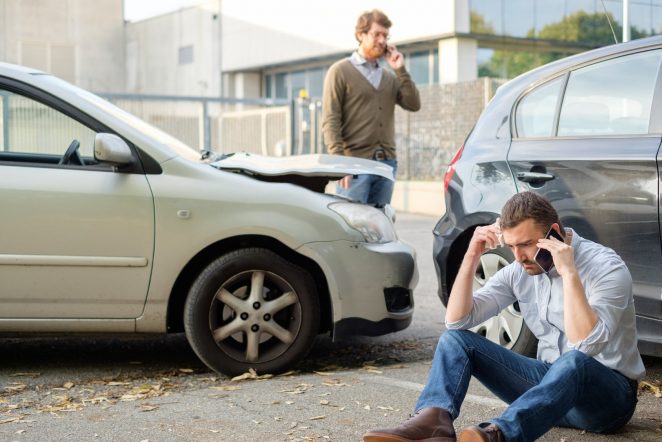
Even with less drivers on the road due to Covid-19 restrictions in Vermont, car accident injuries still happen almost every day. Intersection accident injuries can be especially severe due to the crossing nature of intersections, where common accidents include head-on-side or T-bone crashes. It is also not uncommon to see head-on-head collisions when two paths of traffic are heading toward each other in opposite directions. Common car accident injuries arising from intersection crashes include:
- Head and traumatic brain injuries
- Concussions
- Whiplash and neck injuries
- Seat belt burns
- Soft tissue injuries
- Internal organ injuries
The fact of the matter is that airbags, warning indicators, and automatic emergency braking alone can’t prevent all car accident injuries. Whenever someone is injured in a car accident, it is important to dial 911 and seek medical attention right away. Even something seemingly minor could turn into a more serious issue later on.
Consider Hiring a Vermont Car Accident Attorney
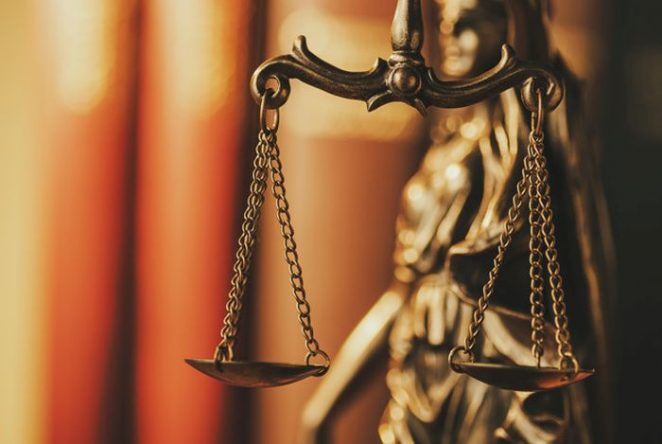
A good Vermont car accident attorney will be able to figure out who should be assessed the blame for an accident, or at minimum, negotiate shared liability between both parties. If you have been injured in a car crash in Vermont because someone else was not following the right of way, you may have a legal remedy for damages suffered from the accident. Consider speaking to an attorney for advice on how best to proceed with your accident claim.
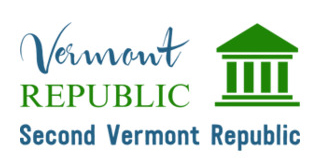 Vermont Republic Second Vermont Republic
Vermont Republic Second Vermont Republic
